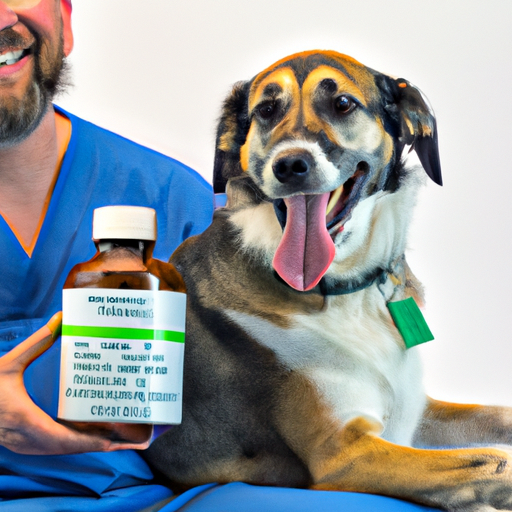As a caregiver to your furry friend, you’re naturally keen on keeping them safe and healthy. Fleas and ticks are among the most common and most bothersome pests that can affect your dog’s well-being. Here, we delve into the safest flea and tick treatments for dogs.
H2: Understanding the Risks
First, it’s crucial to understand the risks associated with fleas and ticks. These pests are more than just annoying; they can pose serious health risks to your dog.
- Fleas can cause severe itching, allergies, and even anemia if the infestation is significant.
- Ticks can transmit diseases such as Lyme disease and Rocky Mountain spotted fever.
Therefore, finding a safe and effective treatment is essential.
H2: Spot-on Treatments
Spot-on treatments are a popular choice for many dog owners. They are applied directly to your dog’s skin – usually on the back of the neck where they can’t lick it off.
- Fipronil is a broad-spectrum insecticide that disrupts the insect central nervous system. It’s found in products like Frontline.
- Imidacloprid is a neonicotinoid, which affects insects’ nervous systems. It’s found in Advantage flea treatments.
While effective, it’s important to apply these treatments correctly to avoid unnecessary exposure to your dog.
H2: Oral Medications
Oral medications can offer a mess-free alternative to spot-on treatments. They work by entering your dog’s bloodstream, killing any pests that bite your dog.
| Medication | Function |
|---|---|
| NexGard | Kills adult fleas before they lay eggs and kills ticks |
| Bravecto | Kills fleas, prevents flea infestations, and kills ticks |
Remember, each dog is unique. What works well for one dog might not work as well for another, so always consult with your vet before starting a new medication.
H2: Natural Alternatives
If you prefer a more natural approach, there are options available.
- Essential oils like lavender, lemongrass, and cedarwood can repel pests.
- Diatomaceous earth can be sprinkled on your dog’s coat to kill pests.
- Regular grooming and inspection can also help keep pests at bay.
Remember, natural does not always mean safer. Always research and consult with your vet before trying a new treatment.
H2: Frequently Asked Questions (FAQ)
Q1: Can I use cat flea treatment on my dog?
No, cat flea treatments can be toxic to dogs.
Q2: How often should I treat my dog for fleas and ticks?
This depends on the treatment used, but it’s typically once a month.
Q3: Can I combine treatments?
Only under the direction of your vet. Some combinations can be harmful.
Q4: Are there any side effects to these treatments?
Yes, some dogs may experience side effects like vomiting, diarrhea, or skin irritation.
Your role as a caregiver to your dog is of utmost importance. By understanding the risks and weighing the benefits of each treatment, you can make the best choice for your furry friend’s health.



